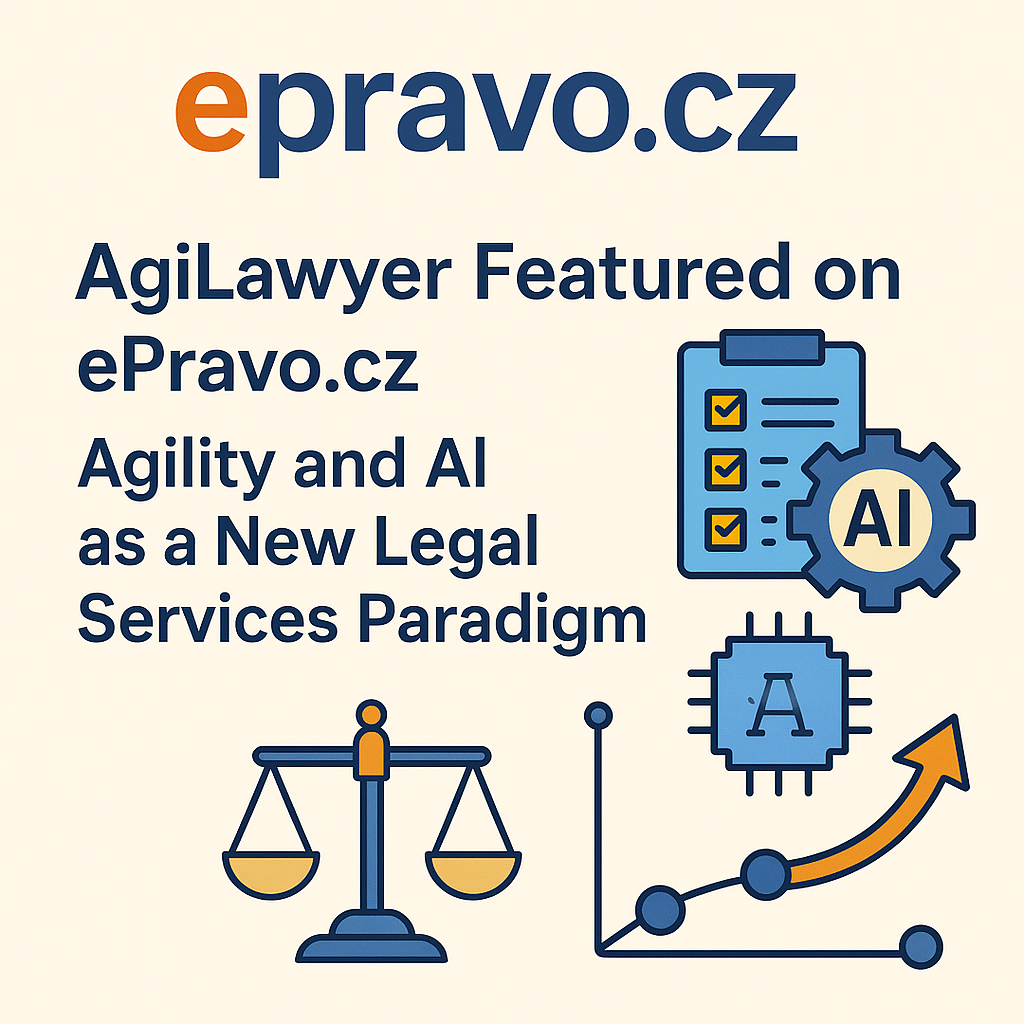Is Harvey AI Delivering on the Promise—or Just the Pitch?

In less than three years, Harvey AI has become one of the most closely watched—and polarizing—names in legal technology. The generative AI startup, founded in 2022, has raised more than half a billion dollars, signed enterprise agreements with nearly half of the Am Law 100, and reached a $3 billion valuation. Its backers include Sequoia Capital, Kleiner Perkins, and the OpenAI Startup Fund, lending it the kind of elite validation that fuels fear of missing out among law firm leaders.
But as adoption spreads, a stark divide is emerging. At the executive level, Harvey is marketed as a “game-changer” that will reshape legal services. On the ground, practicing lawyers describe a tool that often looks like an expensive wrapper on the same large language models available for a fraction of the cost. The question confronting firms, clients, and investors alike is whether Harvey’s trajectory represents the future of legal AI—or the peak of a hype cycle.
Building Momentum Through Capital and Partnerships
Harvey’s rapid ascent has been driven by a classic blitzscaling strategy. After an initial $5 million seed round in 2022 from the OpenAI Startup Fund, the company quickly closed a $21 million Series A, an $80 million Series B, and a $100 million Series C. In February 2025, a $300 million Series D propelled its valuation to $3 billion.
Alongside the funding, Harvey has forged high-profile alliances. Allen & Overy, now A&O Shearman, was an early adopter, piloting the platform with more than 3,500 lawyers before rolling it out firmwide. PwC signed a strategic deal making Harvey available to thousands of its legal professionals. A partnership with LexisNexis gave Harvey access to Shepard’s and other authoritative content, designed to mitigate the risks of hallucinated answers. Integration with iManage ensured Harvey’s presence in the core workflows of large law firms.
Together, these moves helped position Harvey as not just a product, but an enterprise platform embedded in the infrastructure of Big Law and global professional services.
Performance Benchmarks Versus User Sentiment
Harvey’s claims of technical superiority are not entirely untested. A February 2025 benchmarking study comparing Harvey to rival tools—including Thomson Reuters’ CoCounsel—found Harvey outperformed peers on five of six complex legal tasks, such as redlining and transcript analysis.
Yet independent adoption data paints a more complicated picture. Surveys of large firms suggest that while many have purchased Harvey, some have since abandoned it over cost and return on investment concerns. Practitioners on forums such as r/legaltech report that usage is concentrated among junior lawyers and that “return use” is low. A former employee claimed retention hovered closer to 35 percent, despite official figures suggesting higher engagement.
Critics also highlight structural concerns. Some argue Harvey lacks “legal DNA,” pointing to the limited practice experience of its founders. Others note that its high price—estimated at $1,000 to $1,500 per lawyer per month, with additional costs from Lexis bundles—forces firms into long-term, non-cancellable contracts, making Harvey as much a procurement decision as a productivity tool.
Strategic Implications for the Legal Market
The divergence between Harvey’s executive-level narrative and end-user frustrations reflects a deeper tension in enterprise legal tech. The buyers of such tools—chief innovation officers and management committees—are often removed from the day-to-day workflows of senior practitioners. For law firm leaders, Harvey offers competitive optics and a hedge against technological disruption. For many lawyers, it remains another layer of software requiring careful validation.
Industry analysts caution that the value of tools like Harvey will ultimately be measured not by headline valuations or marquee partnerships but by demonstrable impact on legal outcomes, efficiency, and client service. That impact remains difficult to quantify.
What Comes Next
Harvey’s roadmap includes deeper integrations with contract lifecycle management platforms and expanded use of multiple large language models, including OpenAI’s GPT-4, Google’s Gemini, and Anthropic’s Claude. Its exclusivity agreements with content providers like LexisNexis suggest an effort to build defensibility against rivals.
Still, competitors such as Thomson Reuters, Bloomberg Law, and Casetext are accelerating their own generative AI offerings, and consolidation in the legal AI market is widely expected. Observers also note the regulatory dimension: as bar associations and courts begin to issue guidance on AI use, firms will need to revisit confidentiality, privilege, and malpractice risk in deploying these tools.
For now, Harvey stands as both a symbol and a test case. Its success will hinge less on investor enthusiasm than on whether it can bridge the gap between perception and practice—delivering sustained, measurable value to the lawyers and clients it promises to serve.





